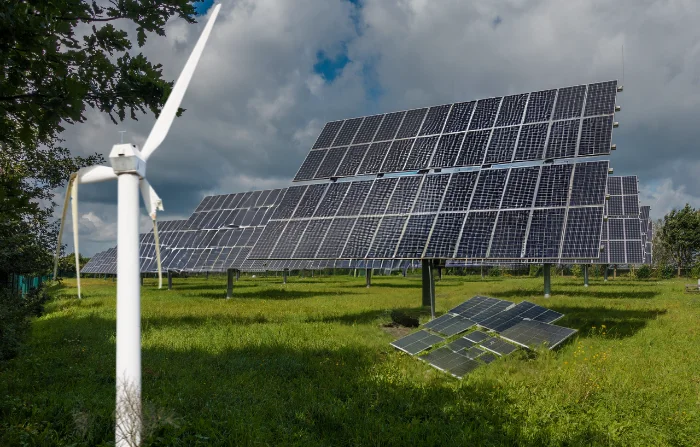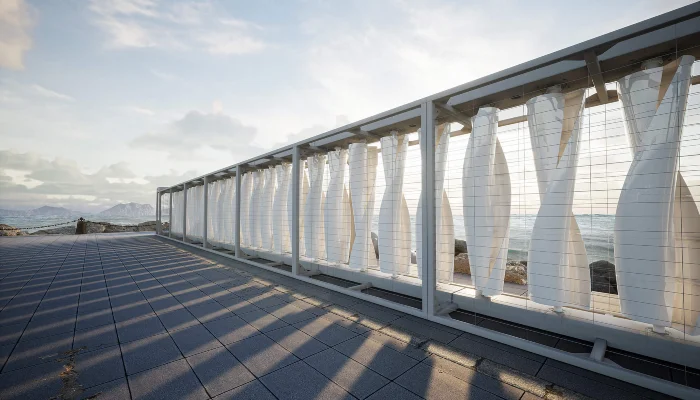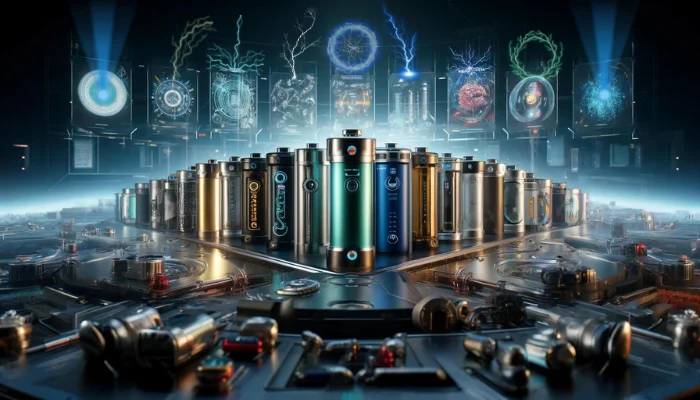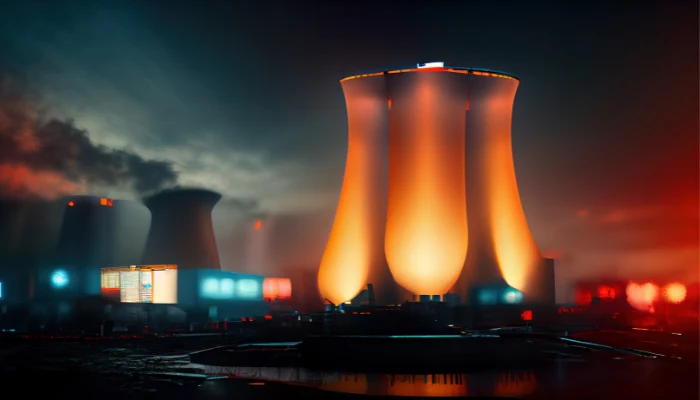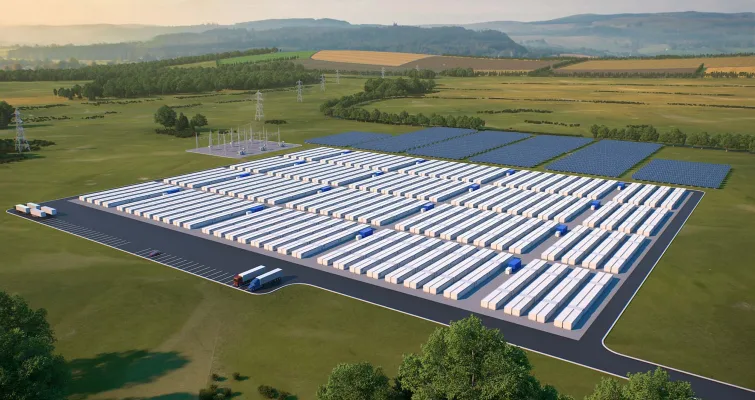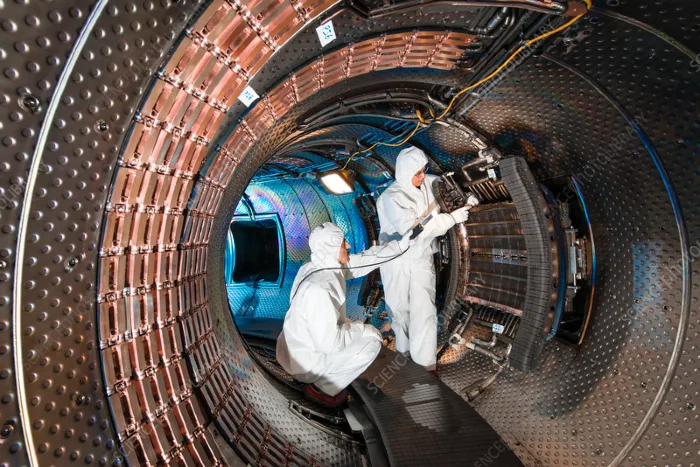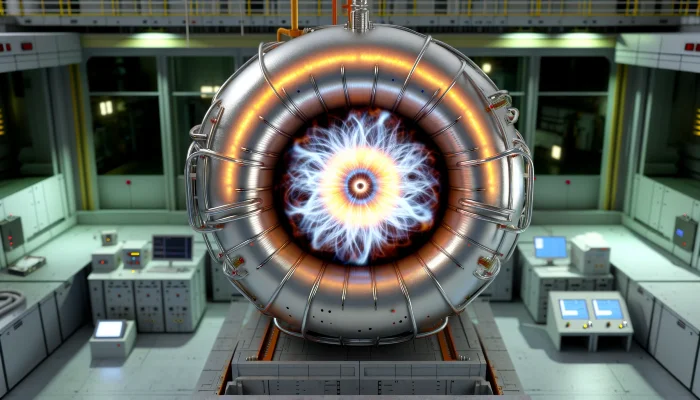The renewable energy sector is experiencing setbacks, and the recent developments in the solar and wind energy sub-sectors are indicative of deeper challenges. Let’s dive into the specifics:
Solar Sector Woes
SolarEdge's Decline
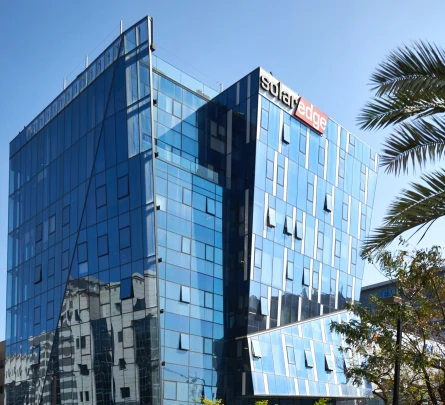
An Israel-based leading inverter company, SolarEdge, delivered unwelcome news. Their CEO, Zvi Lando, announced unexpected order cancellations and delays from European distributors during the third quarter. As a result, many of the company’s financial projections, such as revenue and operating income, were forecasted to drop below prior estimates. To make matters worse, they anticipated a significant reduction in revenues for the fourth quarter.
This downturn wasn’t linked to the conflict between Hamas and Israel.
Market reaction to this news was swift, with SolarEdge’s stock plummeting by 27% on that Friday.
Ripples Across the Sector: The market’s concern wasn’t just about SolarEdge. Other solar enterprises faced setbacks too:
- Enphase, a similar solar service, and inverter enterprise, saw its shares drop by 14%.
- Sunrun, specializing in residential solar system installations, saw a 6% decline.
- SunPower, a rival to Sunrun, experienced a roughly 9% dip.
Year-on-year, SolarEdge’s shares have nosedived over 70%, with the mentioned firms trailing close behind with 50% to 67% reductions.
A Broader Concern
The central anxiety here is that SolarEdge’s issues could reflect broader troubles in the solar sector. There’s been an observed pileup of inventory in Europe, coupled with sluggish installation rates, especially during periods typically associated with peak installations.
European App Download Trends Are Troubling
Supporting this concern, Citi analyst Vikram Bagri pointed out that solar app downloads in Europe, often seen as a sales indicator, saw an unexpected dip in September.
Offshore Wind Industry's Setback
New York’s Empire Wind 2 Project
In New York, the offshore wind industry encountered a roadblock.
Governor Kathy Hochul vetoed a bill that would’ve initiated the regulatory groundwork to connect the Empire Wind 2 project’s transmission cable to a substation in Island Park. Her rationale was based on the need for developers like Equinor, the project’s developer, to foster robust ties with host communities throughout the project’s lifecycle. Highlighting this, the Long Beach city council didn’t endorse the beach’s use for the project.
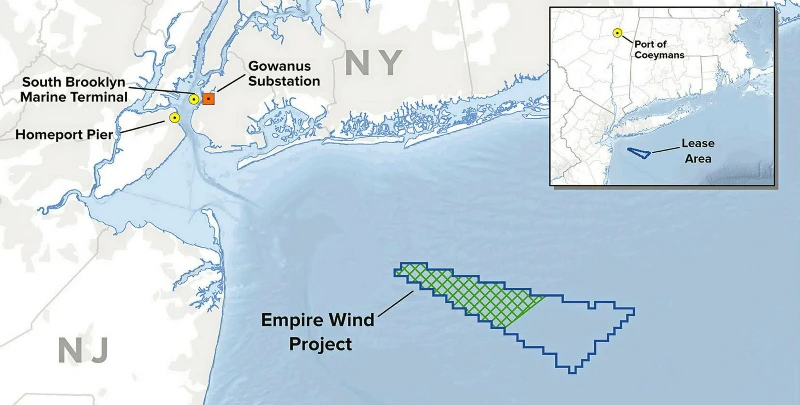
Local Opposition to Wind Projects
Wind energy projects, despite their offshore locations, have historically faced opposition from local communities. Although offshore turbines are generally out of sight, the onshore infrastructure, like transmission cables and substations, often meets resistance.
The Ambitious Empire Wind 2 Project
With a proposed 1,260 megawatt capacity, the Empire Wind 2 aimed to cater to New York’s populous regions.
However, with the state’s goal of generating 70% of its electricity from renewable sources by 2030, such setbacks might hinder progress, especially if projects meant for areas like NYC aren’t realized.
Statement from Equinor Renewables America
Molly Morris, President of Equinor Renewables America, expressed her concerns about the veto. According to her, this move undermines New York’s commitment to transitioning to renewable energy sources, especially given the crucial role offshore wind plays.
Adding to these concerns, the state’s utility regulator declined to modify contracts for renewable projects, even as companies reported higher-than-anticipated costs.
Conclusion
While setbacks in specific companies can sometimes be attributed to company-specific challenges, recent events in both the solar and wind sectors signal broader challenges. The renewables sector, although promising, isn’t without its hurdles. Decision-makers, investors, and industry stakeholders must collaborate to navigate these challenges and ensure a sustainable energy future.
Glossary Box: Know the Terms
- Inverter: A device that changes direct current (DC), like that produced by solar panels, to alternating current (AC) which is used in homes and on the electrical grid.
- Offshore Wind: Wind turbines that are erected in large bodies of water, usually the sea, to generate electricity from wind energy. They’re often positioned far from shore to capture more consistent and powerful winds.
- Transmission Cable: An insulated cable used to transport electricity from power generation sites to places where it’s used, such as homes and businesses.
- Megawatt (MW): A unit of power. One megawatt is equal to one million watts. It’s a common unit used to describe the capacity of large electricity generators, like wind farms or power plants.
- Utility Regulator: An entity, often governmental, that oversees and regulates the electric and gas utility sectors, ensuring fair rates and services.
FAQ Section: Quick Answers on Renewables
The renewable energy sector is crucial for reducing greenhouse gas emissions, combating climate change, and transitioning away from fossil fuels. Renewables provide sustainable and environmentally friendly energy sources.
Concerns about unexpected order cancellations, slower installation rates, and broader industry challenges have caused investor uncertainty, leading to stock price drops for these companies.
Initially, renewable technologies had higher upfront costs. However, as technology advances and demand grows, the cost of renewables has been decreasing. Over their lifecycle, many renewables can now compete with or are cheaper than fossil fuels.
Offshore wind farms use wind turbines erected in large bodies of water, capturing wind energy to generate electricity. These turbines are connected to the electrical grid using transmission cables.
More To Discover
- New Tech From US Researchers Transform Dandelions and Shrubs Into High-Performance Rubber Tires
- The Rising Energy Demand of AI and Data Centers: Is It That Bad?
- Climate Change Predicted to Slash Incomes by 19% by 2050
- Microplastics Are Basically Everywhere: Meat, Water, Produce, Packaging, Seafood And More. But Can They Really Hurt Us?
Renewables face varied challenges including technological barriers, higher initial costs, regulatory hurdles, local opposition to infrastructure projects, and fluctuating market conditions.
Even though the main structures, like wind turbines, might be out of sight in offshore projects, the necessary on-land infrastructure (like transmission cables and substations) can cause concerns. Issues may range from environmental impacts to property value concerns or aesthetic preferences.







